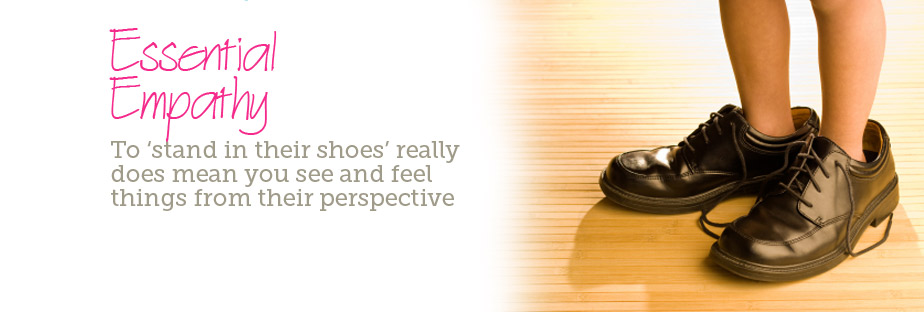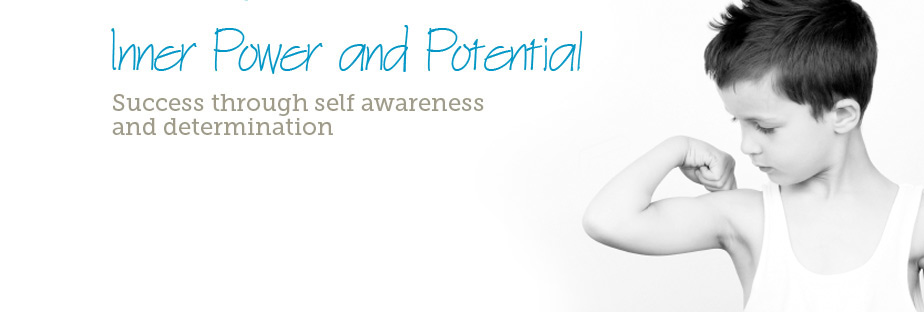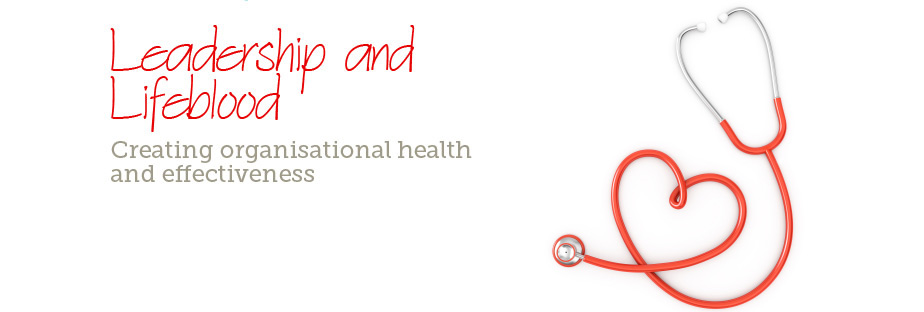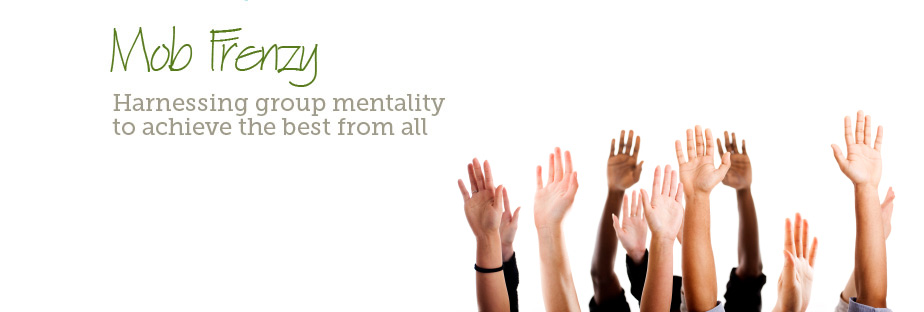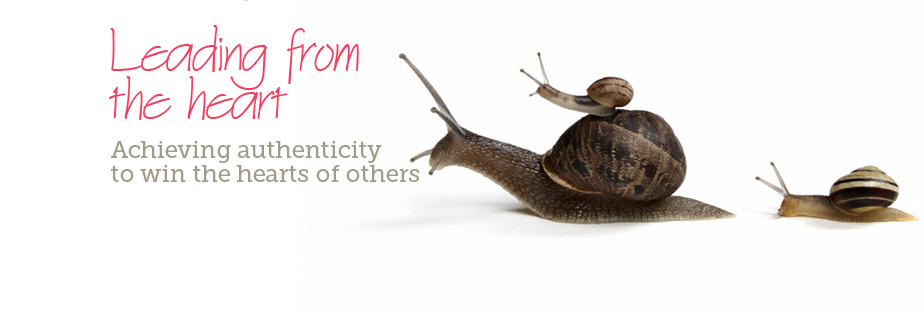Everyone wants to feel they are in a safe place. Your team are no exception, even when things go wrong.
If a person feels picked on, unfairly challenged or threatened, they will feel they have been placed or locked into a Prison of Insecurity.
They will have no choice other than to fight for the survival of their self-esteem.
If by the way you handle a situation, or interact with someone, you place them in this Prison of Insecurity, their resentment of you will be high, co-operation will be zero, and your relationship distant; the prison walls you built will separate them from you.
Consider the scenario where their leader bursts into the room exclaiming ‘What the hell happened with your project!”. The recipient of this outburst immediately finds themselves in their Prison of Insecurity!
Once in this prison, where the bars are formed through mistrust and criticism, the prisoner will fear the outcome, and either come out fighting and blaming others, or completely withdraw. Either way you have lost the support and cooperation of a valued team member.
Contrast this with the leader determined to keep this individual in a Place of Safety. There are no bars or solid walls surrounding a Place of Safety; it is simply defined with a perimeter of open questions: ‘How did the project work out?’, ‘Where do you think the failings occurred?’, ‘How can we resolve this?’
Only now can the leader and their team member work together to move forward and create resolution
I have taught the principle to many leaders, encouraging them to ensure everyone they interact with always feel in a Place of Safety.
Unexpected benefits
I had one person come to me and ask for two minutes to share his experience with me. He had been struggling with his marriage and had become very accusing of his wife. Nothing she did was good enough and she never had anything to say to him.
He decided to apply the principle of ensuring she always felt protected and in a Place of Safety, and almost immediately his change in approach to her enabled her to open up and explain her worries and concerns.
Together they managed to work out how they could improve their relationship, and their marriage grew from strength to strength.
Reflecting afterwards I realised that he too was in his own self-created Prison of Insecurity, and by developing the openness within their relationship, he also moved to his Place of Safety.
Often our Place of Safety is simply a sense of openness and freedom, with no constraints. It excels at ensuring mutual respect within any relationship, at which point people can work together. This openness, respect and cooperation is sometimes difficult to achieve between a leader and one of their team who already feels subservient. The respect of keeping each other in a Place of Safety ensures a level of equality which brings out the best in both parties.
Groups produce their best work in a Place of Safety. Many feel that they have to simply comply and ‘go along’ with the majority consensus, but this makes for unhappy participants and a less healthy outcome.
Open debate and questioning will bring the diversity we need to group decisions, to enable them to both find the right solution or decision, and be reassured that every participant is in agreement with it.
A Place of Safety for any group is where genuine trust and empathy for one another exists, creating respect and enabling an open dialogue and discussion. Decisions achieved in this environment will have the support of all participants. There will be genuine team unity, which has a huge value of its own!
As leader of your group, you will benefit from this shared feeling of the team being in a Place of Safety, even if the challenges the group faces are immense. This is where strong relationships will grow, and people will feel able to offer their all to achieve outstanding success – together!

